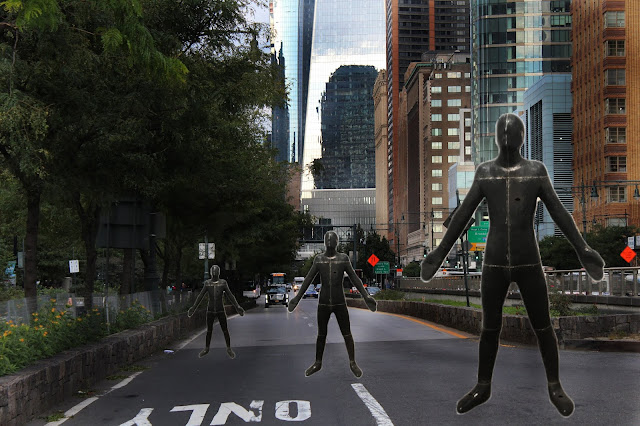Composite images
- Digital compositing is the process of digitally assembling multiple images to make a final image, typically for print.
Hannah Hoch-
The ways in which conventional photographic techniques are used to manipulate images:
tool= Photoshop
- editing
-layers
-hue/saturation
-muted colours
-clone
-healing
Artist Research:
George Logan -
Born in Bellshill, near Glasgow, Scotland, George studied at Blackpool College of Photography before moving to London where he is currently based. His work is always imaginative, often poignant and not without a healthy dose of humour. George is a muti-faceted talent, equally at home on location or in the studio, working with people, animals, locations or still life.
George is passionate about wildlife conservation and a long-time supporter of The Born Free Foundation, regularly shooting their campaigns. He has traveled extensively around Africa photographing wildlife and documenting big cat rescues.
Image Bank -
Logan's pictures create a sense of surrealism and show a great deal of imagination. When looking at the photos above we see that he has a similar theme in that he choses a regular landscape to capture and then edits in the impossible. I think the most unique one is the flying pigs because he has photographed a pigs natural habitat - a field and then has added in winged pigs. The contrast of colours in the sky also make the image look heavenly suggesting the pigs are interpreted as angels.
Task 1- Getting use to the editing technique:
In this task, I used the resource photos given to us by our teacher and followed a step by step of how to create composite photos. The tools I used in photoshop were, Quick Selection tool, layer mask, copy and paste. Firstly I used the quick selection tool to copy the duck and then once happy with the outline I pasted this to the picture of the New York harbour. Once this was done I copied the layer of the duck 2 more times and changed the sizing and position of each duck.
My idea for Composite Image Making was to edit photographs where objects are seen in an abnormal setting or a place that doesn't fit the picture. this included animals, shadows, vehicles and statues. My idea was formed around my research of George Logan, who's use wild animals in public places which gave me the idea of placing the dog on a New York city street walk and the flamingos in a field. The flamingos, statue and shadows were all taken on a iPhone which caused a slightly different quality of image. My favourite is the statue of liberty photo as I like they way I created a stronger vibrance and saturation.
AO2: Explore and select appropriate resources, media, materials, techniques and processes, reviewing and refining ideas as work develops.
The tools I used in photoshop were, Quick Selection tool, layer mask, copy, paste and also various features like burning, dodging, adjusting the brightness and vibrance. Firstly I used the quick selection tool to copy the object I wanted to take out. I then selected Layer Mask which deleted the chosen area and and after copying and pasting my image to the selected background started to blur in the animals to make them look like they were actually in the street, with my brush at 100% opacity. On the picture with the statues I used burning with curves to make the statues darker and make them stand out.
AO1: Develop ideas through sustained and focused investigations informed by contextual and other sources, demonstrating analytical and critical understanding.
AO4: Present a personal and meaningful response that realises intentions and, where appropriate, makes connections between visual and other elements.
I believe that I have produced a strong series of images inspired by my research of composite images and George Logan as an artist.






















No comments:
Post a Comment